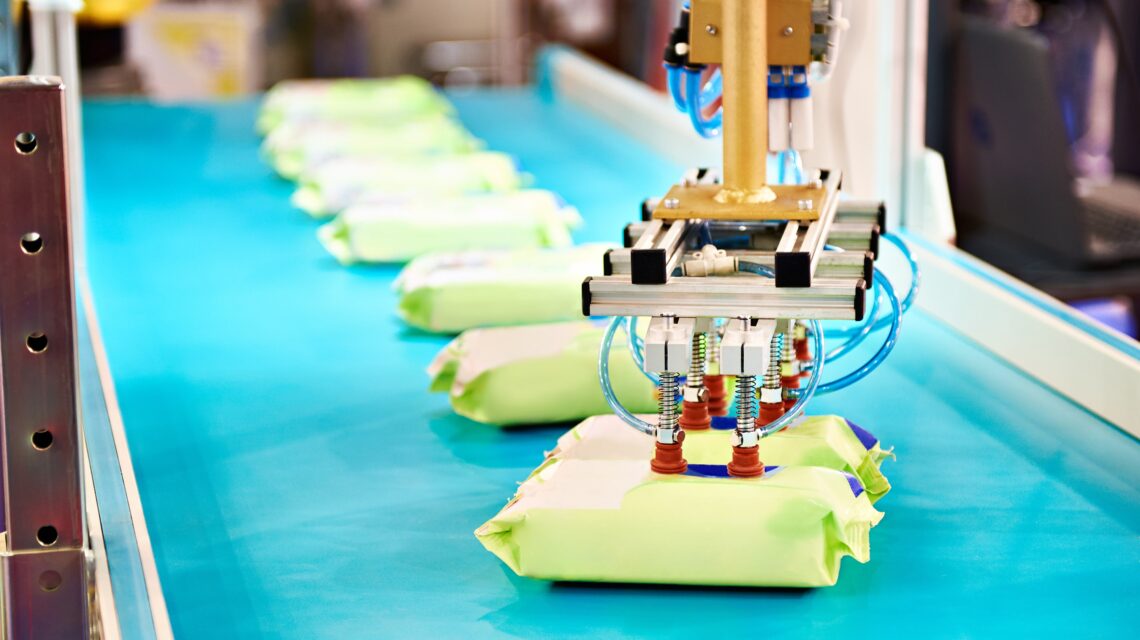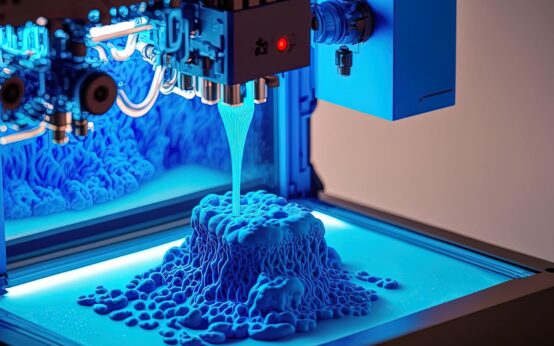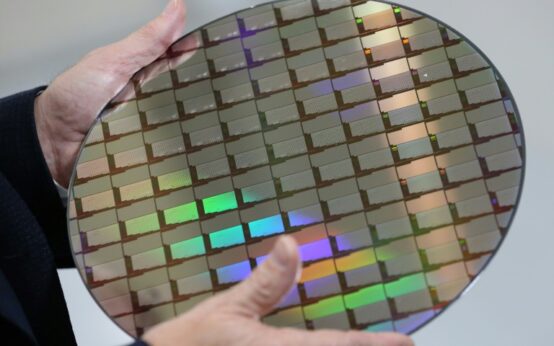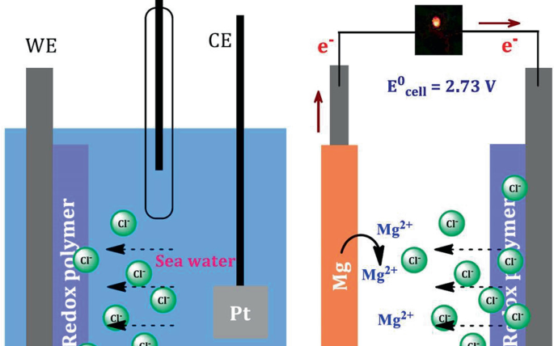Computers that think like humans now push businesses to do new things. Robotics get better at packing things tightly because of this. We live in a time with a lot of machines that work fast and carefully.
A new way was found to better arrange stuff in small spaces. It helped with fitting things in tight spots. This new method also shows us how thinking computers help make tricky jobs simpler.
The Rise of Robotics Efficiency in Industry
Robotics with AI packed the stuff better, because they learned how to change their plans when they put things in tiny spots. They were small spaces full of stuff that old ways often had a hard time with, so AI helpers are a big change. Therefore, given the fields of work wanted things done fast and without wasting space or time, creased papers from doing this go to space-saving bots dashed with smart-thinking brains, so all jam together without hitches or troubles.
The Challenge of Confined Spaces
Robotics jobs in tiny places have their own real trouble spots. AI is looked at by smart people who make stuff for help because the small room means the robots often can’t move well, which makes it hard to place things just right. Their regular moves can’t fit in well, so they may mess up things or wreck them.
Innovative Technique Unveiled
Robotics are getting better at packing things. This is undeniably clever. Without using big and confusing words, this means their computer brains are set up to learn quick ways to put stuff into small spaces even when these spaces keep changing.
Adaptive Learning in Action
At the core of this technique is adaptive learning, a facet of machine learning that empowers robots to learn and adjust their behavior based on their experiences. As Robotics encounter different spatial configurations and packing scenarios, they continuously refine their packing strategies , Daron Acemoglu Wins A.SK Social Science Award . This adaptive learning not only enhances efficiency but also ensures a level of versatility that is crucial in navigating the unpredictable nature of confined spaces.
Real-Time Decision Making
The ability of robots to make real-time decisions is a key factor in the success of this innovative technique. Traditional robotic systems often rely on pre-programmed routines, which can be limiting in dynamic environments. In contrast, AI-driven robots possess the capability to analyses and respond to the immediate surroundings, allowing them to make on-the-fly adjustments to optimize packing efficiency.
Benefits Across Industries
The application of this innovative technique extends across various industries where efficient object packing is essential. In manufacturing, where space constraints are common, AI-driven robots can significantly enhance production line efficiency. Similarly, in logistics and warehousing, the ability to pack objects efficiently in confined spaces can lead to streamlined operations, reduced costs, and improved overall productivity.
Challenges and Solutions
While the integration of AI in optimizing Robotics efficiency presents unprecedented advantages, it is not without its challenges. The implementation of such advanced technologies requires substantial investments in research, development, and infrastructure. Additionally, concerns related to data security and the ethical use of AI must be addressed. However, the potential benefits, including increased efficiency and reduced operational costs, far outweigh these challenges.
The Future Landscape of Robotics
As the integration of AI in robotics continues to advance, the future landscape of automated systems appears increasingly promising. The ability of robots to adapt and optimize their performance in confined spaces represents a paradigm shift in how we approach complex tasks. This not only leads to tangible improvements in efficiency but also opens the door to new possibilities in automation across various industries.
Conclusion
The integration of AI in robotics, particularly in the context of object packing in confined spaces, heralds a new era of efficiency and adaptability. The innovative technique discussed here showcases the transformative power of AI in addressing real-world challenges. As industries embrace these advancements, the phrase “Optimizing Robotics Efficiency: Innovative Technique Enhances Object Packing in Confined Spaces” becomes not just a headline but a symbol of progress and potential. The collaborative synergy between AI and robotics is reshaping the way we perceive and implement automation, promising a future where precision and adaptability go hand in hand.

 Daron Acemoglu Wins A.SK Social Science Award
Daron Acemoglu Wins A.SK Social Science Award  AI Learning: The Power of Synthetic Imagery
AI Learning: The Power of Synthetic Imagery  Machine Learning’s Role in Perfecting 3D Printing
Machine Learning’s Role in Perfecting 3D Printing  Expert Insights on 2047’s Semiconductor Horizon
Expert Insights on 2047’s Semiconductor Horizon  Desalination’s Triumph Over Batteries
Desalination’s Triumph Over Batteries  Mastering Digital Footprint: Ways to Targeted Ads
Mastering Digital Footprint: Ways to Targeted Ads